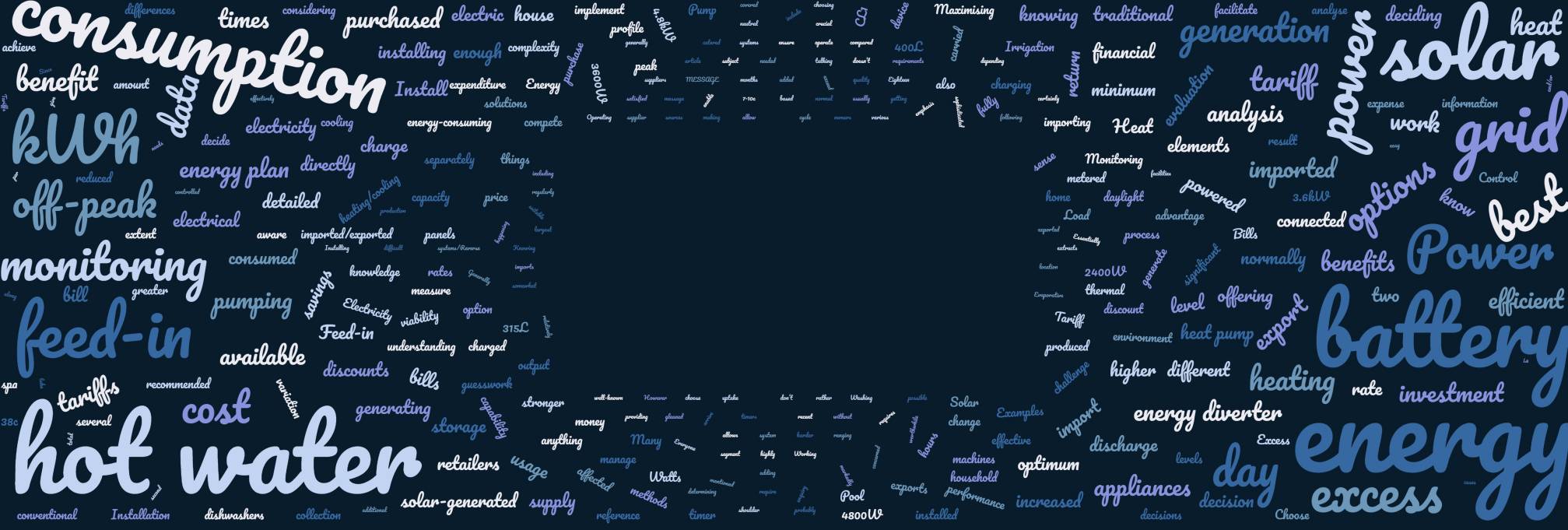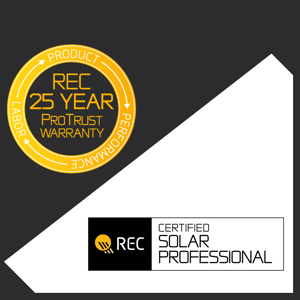How to get maximum benefit from your solar power system
After investing in solar power, it makes sense to ensure that you achieve the best return on that investment by maximising the benefit from the solar power generated by the system.
So what options are there for getting the most benefit from your solar?
There are several things you can do to get the best out of your solar system, two of which will not cost anything to implement.
♦ Operate electrical appliances during the day
Many system owners are aware that, where possible, electrical appliances should be operated during daylight hours so they can be powered directly by solar-generated electricity.
Using timers where possible to facilitate this is worth considering.
Some examples include:
- Washing machines, dishwashers, clothes driers
- Evaporative cooling and reverse cycle heating/cooling systems
- Pool and spa pumps
- Irrigation and water pumping

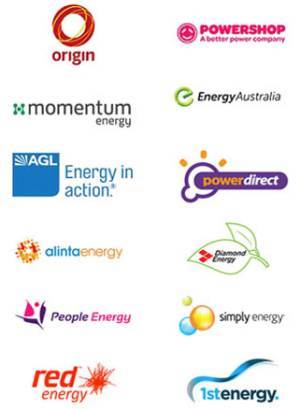
♦ Choosing your Energy Plan
How do you decide which energy plan is best for you?
In recent years, the emphasis has been on installing systems that exceed minimum requirements to take advantage of the high feed-in tariffs and STC rebates. As a result, many systems are generating significant solar exports.
Since July 2019, energy retailers start with the electricity reference price, and then compete with each other by offering energy plans with various discounts and benefits, as well as different grid feed-in tariffs.
It can be quite a challenge to work out how to get the optimum financial benefit from your surplus solar generation.
There are two sources of information available….
Power Bills:
Information about the amount of solar energy sent to the grid and energy purchased from the grid can be obtained from power bills.
Solar Monitoring:
Having a good monitoring system on your solar power system allows you to analyse data when you want, rather than having to wait for the next bill to arrive. Most newer systems have some form of energy monitoring.
System monitoring data can provide more detailed information about imported & exported energy variation at different times of the day, as well as energy consumed directly by home appliances.
The extent and patterns of export & import is crucial to determining the best energy plan and/or whether to employ other methods that are available to make the best use of solar production.
It certainly pays to have a system with good monitoring facilities.
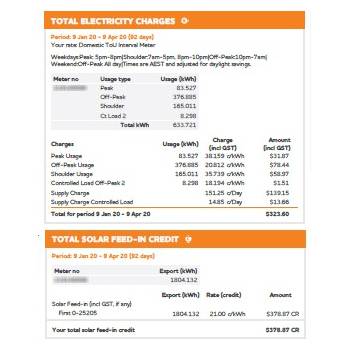
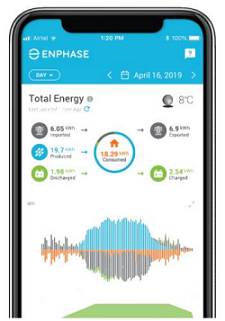
The following options have a set-up cost, and a detailed analysis of solar production, energy consumption, grid import & export should be carried out before deciding to add to your investment.
♦ Installation of a battery for energy storage
Installing a battery is probably the most well-known way to make use of surplus solar generation. Essentially, the battery is charged from solar after the house consumption is catered for.
The battery will discharge to supply energy during times when grid import would normally be required (generally during peak or shoulder times).
The greater the difference between the feed-in tariff (export) and the cost of purchased energy (import), the stronger the financial viability of adding a battery.
Calculating the optimum battery storage capacity requires knowledge of how much exported solar is available to charge the battery, and how much energy is imported from the grid on a daily basis.
The most efficient use of a battery (to get a higher return on your investment) would be when there is at least enough surplus solar energy produced to fully charge the battery and a sufficient level of consumption to regularly discharge the battery.
In some cases, if grid import is high, adding a few more panels to your system (if possible) to generate more solar energy to make efficient use of a battery can also be an option.
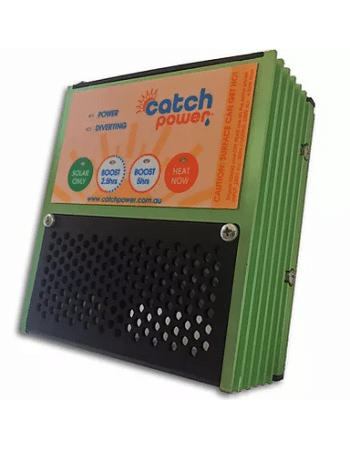
♦ Energy diverters can make use of surplus solar
Electricity based hot water production can be quite energy-consuming.
Water heating is the second largest segment of household energy use, ranging from 15% to 27%, depending on location. I’ve seen consumption levels up to half of the total energy consumed in some cases.
Generally, energy consumption for water heating is charged at off-peak rates. This is shown as Controlled Load (or CL) on your electricity bill and is metered separately from main tariff energy consumption.
An energy diverter is a sophisticated device that allows some of your surplus solar production to be used for water heating during the day, instead of being sent to the grid.
Again, as with choosing energy plan options and battery evaluation, knowing your water heating energy consumption and the rate you pay for it is crucial to making the right decision.
For example: If you are getting 16c per kWh for your exported solar energy, and your off-peak rate hot water cost is 16c per kWh the net benefit of using diverted solar energy is neutral. However, if the Feed-in Tariff was 7c per kWh, then subject to the amount of off-peak energy purchased, the benefits to making the change can be worthwhile.
♦ Install a Heat Pump hot water system
A hot water heat pump is a highly efficient system that extracts thermal energy from the environment and uses it to heat water, offering up to 74% savings compared to a traditional hot water tank. When powered by solar PV generation the savings will be even more.
A heat pump is connected to your normal electricity tariff and can be controlled by a timer that allows it to operate directly from your solar-generated electricity during the day.
Heat pumps have a relatively low power consumption of 550 Watts compared to conventional electric systems which have 2400W, 3600W, or 4800W heating elements.
Take Away Message
“You cannot manage that which you do not measure”
If you don’t know what is happening from day to day as far as your energy usage is concerned, any decision made will be based on guesswork. To make effective decisions about the best use of your excess solar energy, you must have a good understanding of your energy consumption profile and imported/exported energy data.
If you have an older system that doesn’t have suitable monitoring or data output capability, we have energy monitoring solutions that can be added to your system to enable energy monitoring and collection of data for analysis and thus help you make the best use of your excess solar.
Video: Solar Analytics – Monitoring Dashboard Timelapse
Need More Information?
If you would like to know more about the options mentioned in this article or getting the most benefit from your system, give us a call on 02 6971 0084 or send us a message using the enquiry form below.
Make an Enquiry
“At SolarWise Wagga our philosophy is simple, we aim to provide relevant and reliable information, quality service, and the highest grade of products at a competitive price.”
Request a free Quote today!
